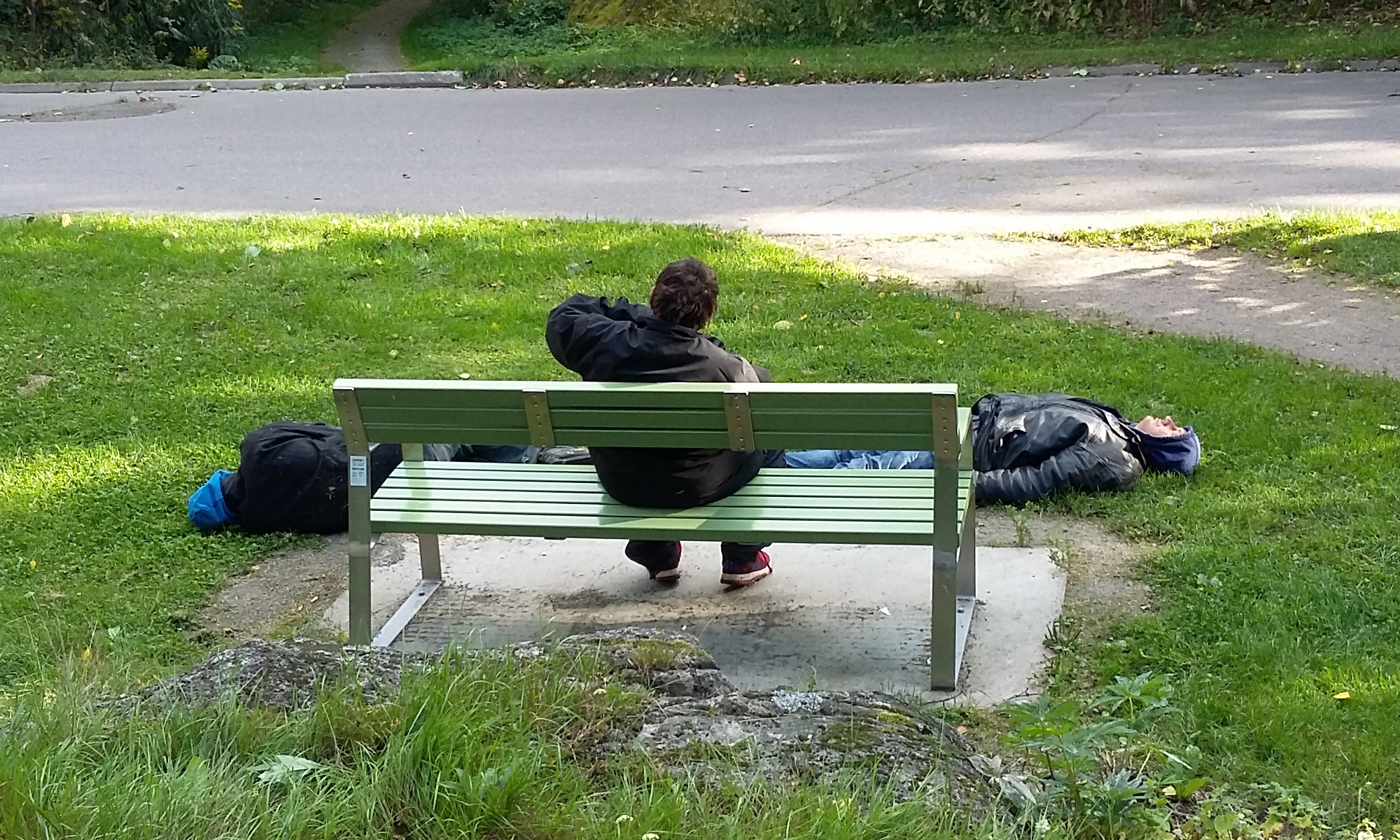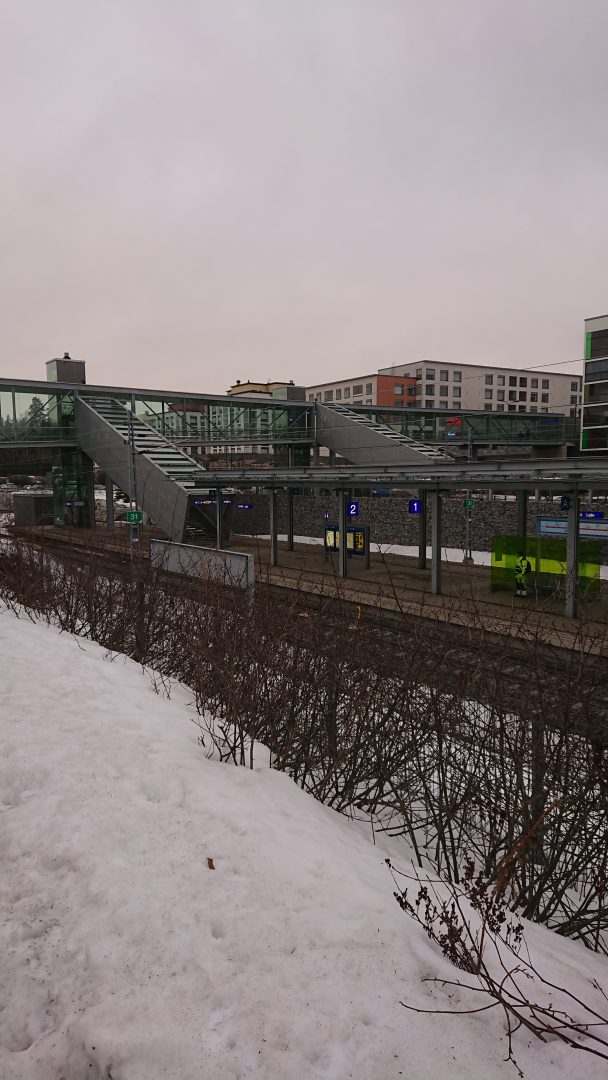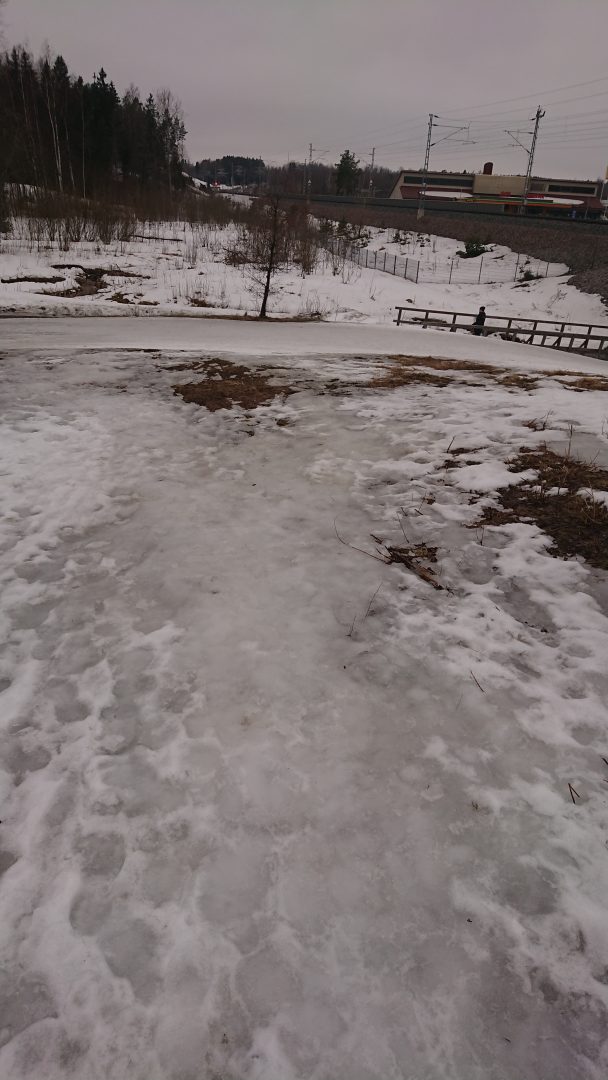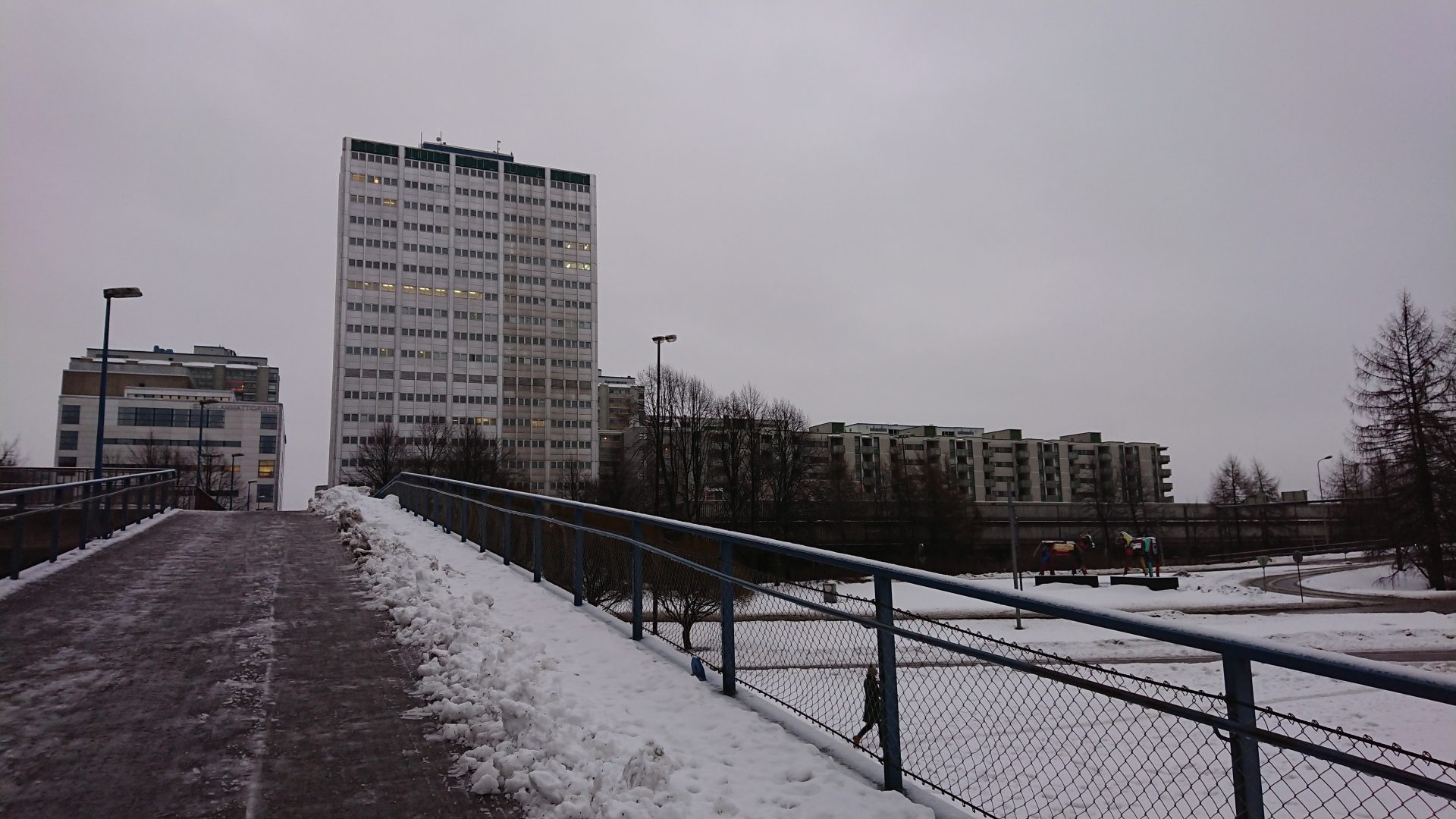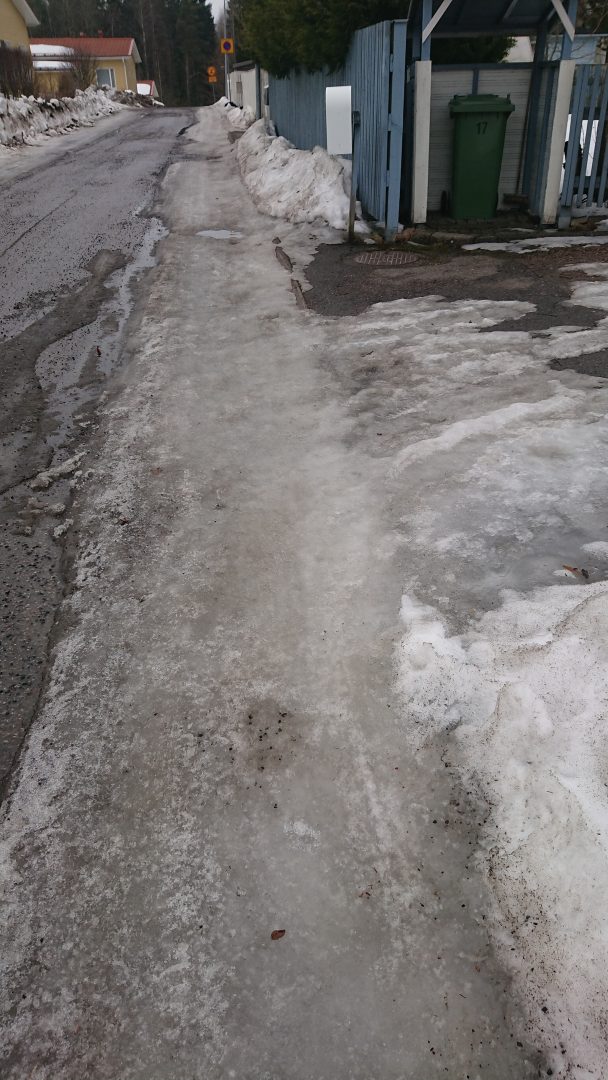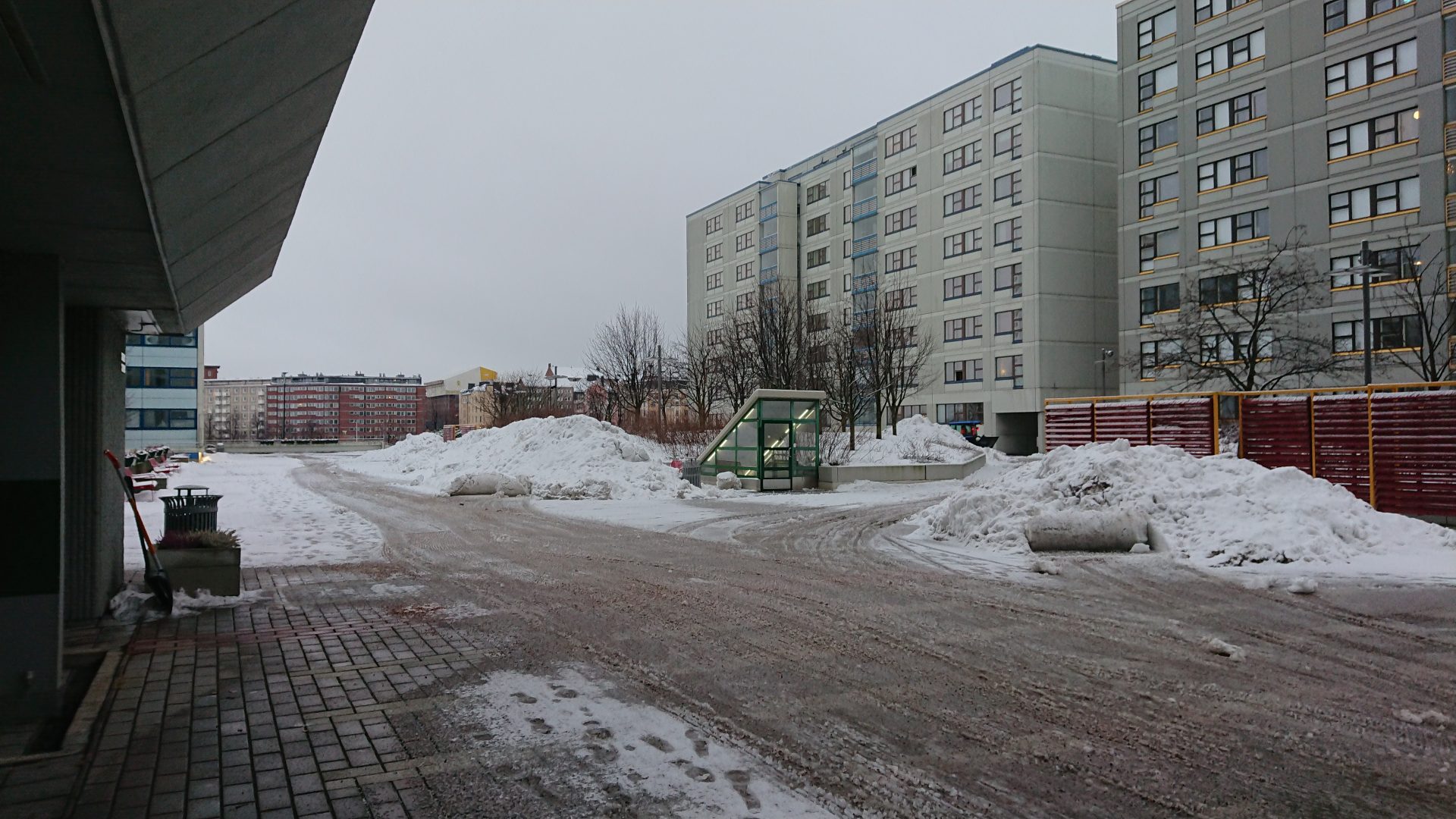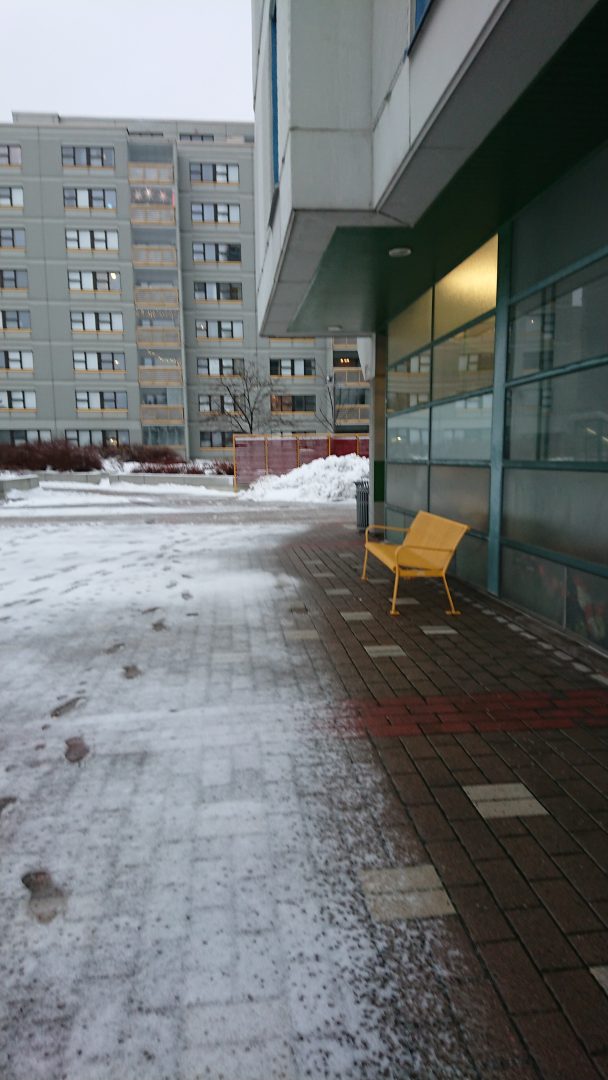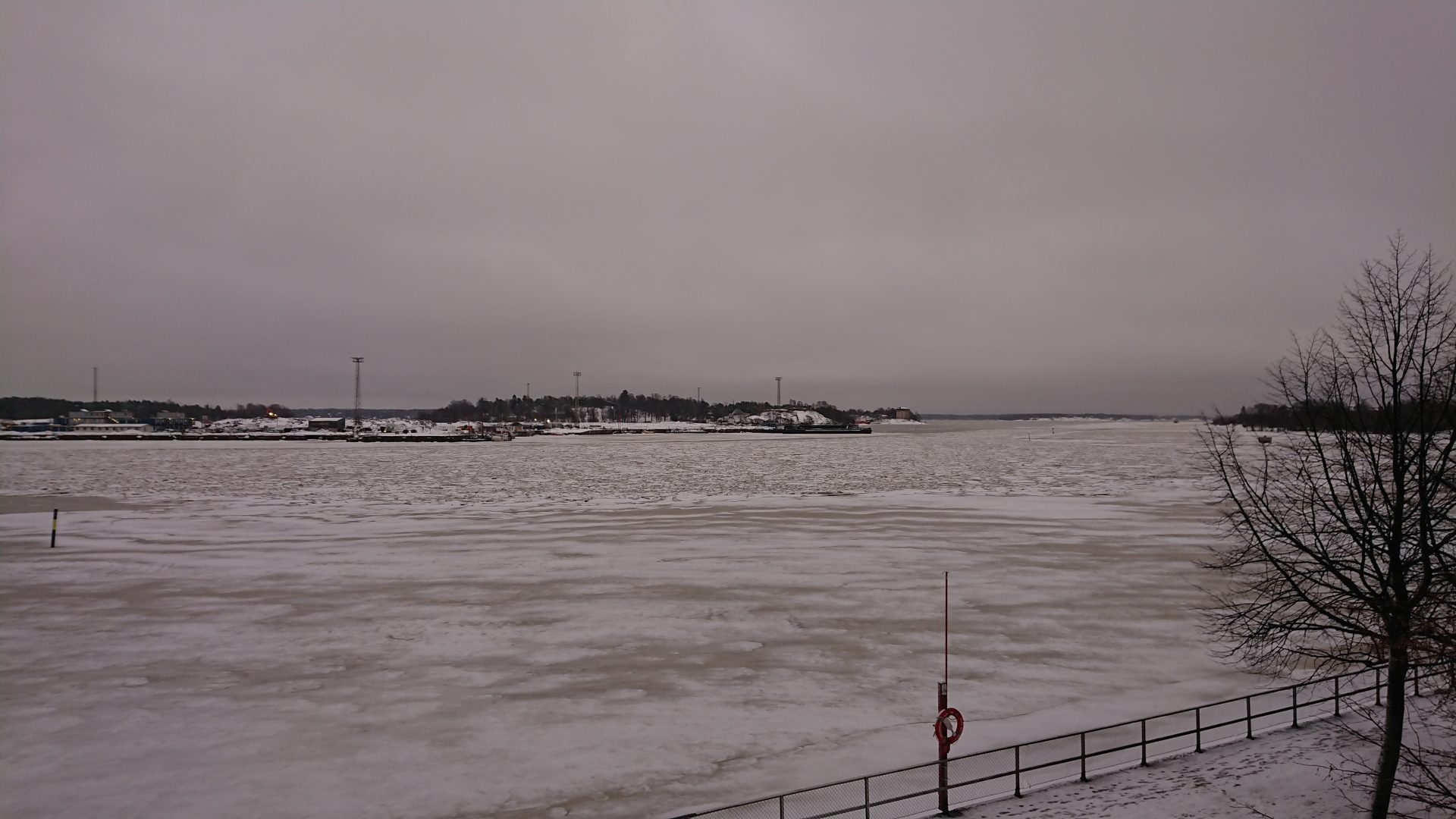By Maija Pakarinen
Segment of commentary about the article “‘The gaze without eyes’: video-surveillance and the changing nature of urban space”.
As Koskela writes, public spaces become more predictable and they might lose character if all places become widely monitored. If everything in the city is ‘purified’ (Sibley, 1995: 78) and cleaned to please the wealthy shoppers, what will the result be? Will it be dull and uninteresting? Probably yes. I think it is also important to think about who is surveilling whom. Video surveillance is lacking a connection between the object and the person who is fulfilling the surveillance. In-person surveillance people see each other and they are able to communicate, if one of them stays anonymous and hides behind the camera this connection is lost. This has a major effect on the nature of surveillance. What the screening is really doing, it is compressing street life to an image, making it a story. It can even at its best show only part of the true happenings. Also, I think that if the people behind the cameras only see the bad parts of the city life their perception about real-life gets biased. If we would have patrols on the streets they would be able to help a lost tourist or a grandma carrying heavy bags, in other words, they would be part of real city life, but when they hide themselves behind lenses they become invisible and even a scary force. Even more importantly the video surveillance is operating backwards. “…it is designed to solve crime rather than to prevent it.” It is impossible to ask a camera for help. It makes the object even more like an object, not a real human being. It is notable that women are more likely to collect looks than men (Massey, 1994: 234). The importance of this becomes highlighted when thinking that the users of public transportation and shopping centres are mainly women (Hill, 1996; Kaartokallio, 1997; Reeves, 1996: 138). I think it is rather a repellent idea that women are under eyes whether they want or not. And still, video surveillance is not able to keep them safe and the urban areas free from sexual harassment or other actions against women. This is probably because it is an act that does not show well on the screen and because the screen can’t do anything at the moment, it can only watch or record. The downwards looking lens is never able to replace the feeling of security seeing a real human being in the streets. I wish more people were on the streets, and I have to say I fully agree with Jacobs on this one. We need more diversity, we need more eyes on the streets to make them safe (Jacobs, 1961).
